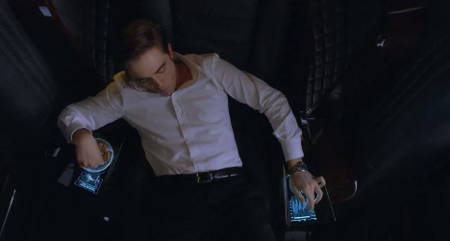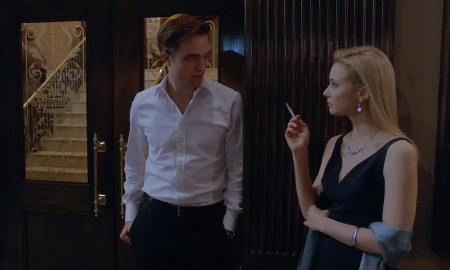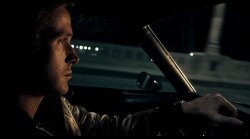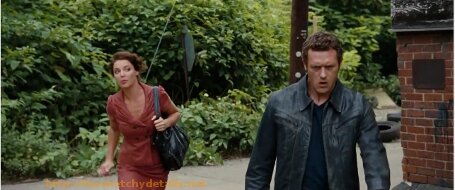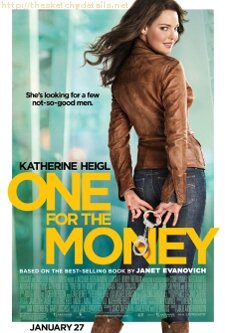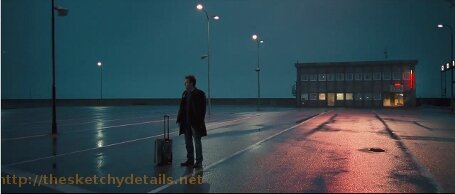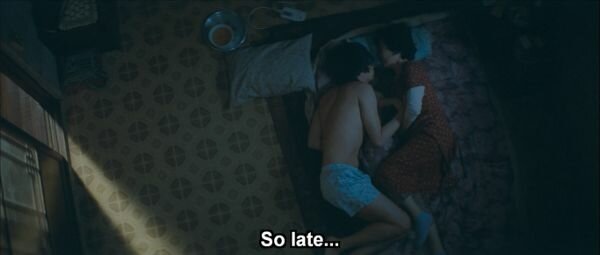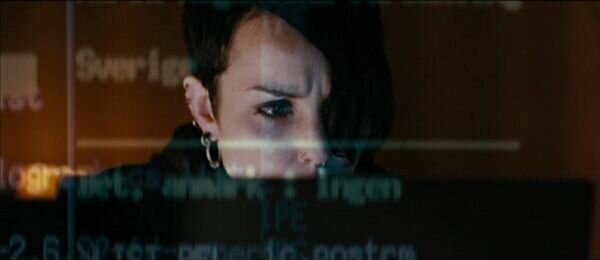If an eye for an eye leaves the whole world blind, what happens when the first person to take revenge doesn’t go for equal punishment? What happens when he choose to torment the original perpetrator in a bizarre reconditioning experiment? And what happens if the desire to repeat the offense is amplified by the violent intrusion?
That’s the premise of I Saw the Devil, a revenge thriller so dark from South Korea that it has to be called horror. Kyung-chul Jang rapes and decapitates young women in his workshop. The first victim in the film is the fiance of Soo-hyeon Kim, a secret agent. The victim is also the daughter of the local police chief who gives Soo-hyeon all the information on the top four murder suspects and sends him out to get revenge.
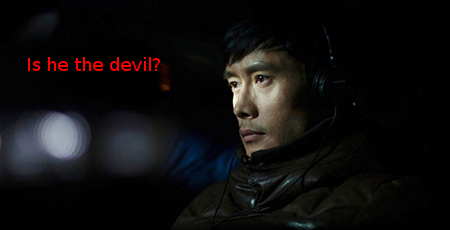
Debut screenwriter Hoon-jung Park crafts a brutal narrative of revenge and misplaced aggression. His story arc and character development is so twisted that it turns into a sincere satire of revenge thrillers. The audience is made to feel disgust over their immediate reactions to the crimes committed. Every effort the characters make to squash the conflict turns into a new revenge narrative. Does one disgusting act alone make it so that we have to support whoever steps up to get revenge? Hoon-jung Park’s story will make you question the very core of the revenge drama.
Byung-hung Lee and Min-sik Choi are evenly matched as the agent and the killer. Their performances are strong, unnerving, and ultimately alien. Though they look, talk, and bleed like humans, their personalities are too cold and distant to fully become human. These are two actors who clearly understand that the hero and the villain both believe they are the force for good in the world and are starring in their own story. I Saw the Devil just gives both sides their due as the sympathetic figure.
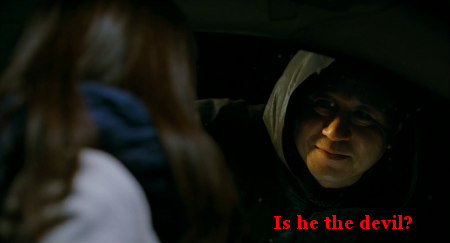
There is a large flaw in the film and that is the original score. Mowg composed beautiful themes that match the tone of the film. They are just mixed so prominently in the soundtrack that they take away from the harsh reality of the story. There are a handful of scenes that are pushed into cliched melodrama in a story that soars when it betrays expectations.
There is nothing cliche about the unflinching brutality on display in I Saw the Devil. This violence lacks the veneer of safety that the over the top or mindless gore of the average horror provides. It is so believable that it begins to wear on your nerve. After the first murder scene, you’ll think that director Jee-won Kim (A Tale of Two Sisters) wouldn’t dare go any further; he’s already gone beyond the scope of most thrillers with the first act of aggression. Then you realize that the first scene is subtle and suggestive compared to what comes next. By the time the film is finished, the first scene might as well have been children playing in a park on a sunny day for how tame it seems in context.
I Saw the Devil is a brutal and challenging film. It rewards you for engaging with the subject matter and taking the quiet moments without dialogue to consider all the moral evidence presented throughout the film. It is a long and hard film to watch, but ultimately one that deserves an audience on the level of well-executed risk alone.
Rating: 7/10
You can catch I Saw the Devil on Netflix streaming right now. It’s a trip. Share your thoughts below.

